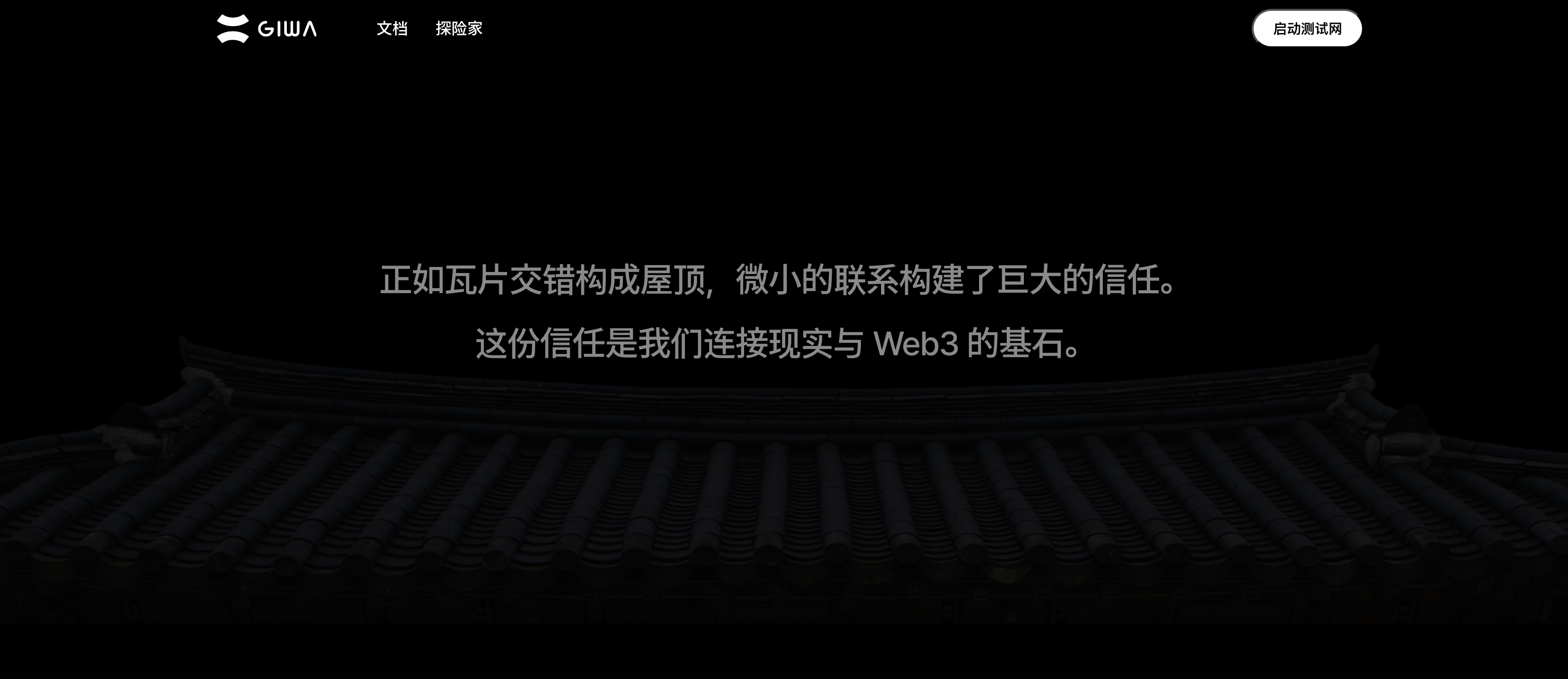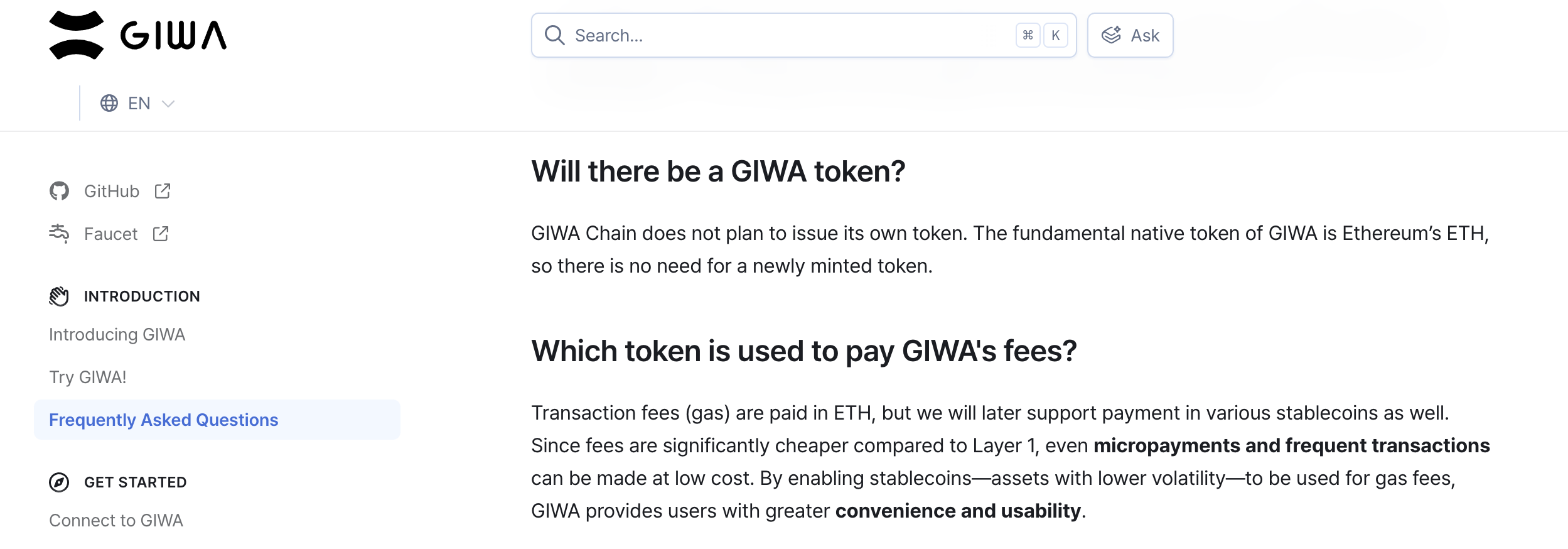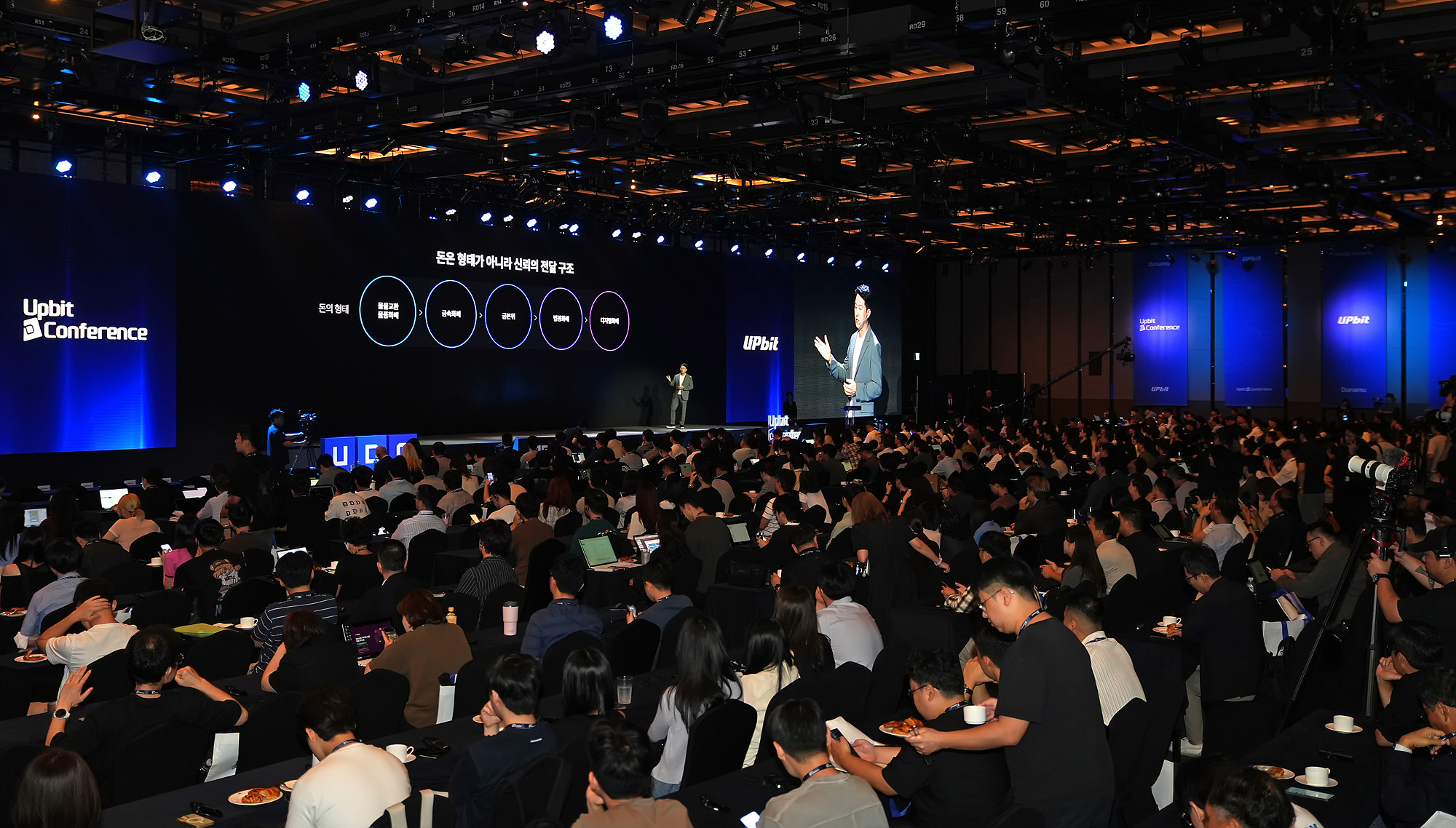Author: Zen, PANews
“Giwa” is a traditional roofing tile commonly used in the architecture of the Korean Peninsula, primarily made from fired clay, and widely used on the roofs of palaces and temples. Today, this term has been given a new interpretation in the Web3 industry — it refers to the self-built Layer 2 blockchain of South Korea's largest cryptocurrency exchange, Upbit.
On September 9, the annual Upbit Developer Conference (UDC 2025) was held. The announcement of the GIWA blockchain a day earlier undoubtedly made it the focus of the conference. Upbit operator Dunamu officially unveiled the Layer 2 blockchain named “GIWA” and the “GIWA Wallet” at the conference.
First Layout of On-chain Infrastructure, Building Ethereum L2 Based on OP Stack
In recent years, Upbit's parent company Dunamu has been continuously expanding its presence in the fintech and Web3 sectors. The launch of GIWA can be seen as a strategic extension from exchange operations to blockchain infrastructure development. Dunamu CEO Oh Kyung-seok described it as “a golden opportunity to actively enter the global market using our strengths.”
GIWA is derived from the abbreviation “Global Infrastructure for Web3 Access,” and its connotation also resonates with the traditional Korean roofing tile “giwa.”

GIWA (tile) serves as an inspiration for brand and logo design.
Oh Kyung-seok stated at UDC 2025: “Just as the layered tiles form a sturdy roof that protects our ancestors, GIWA embodies our commitment to becoming a blockchain that can securely protect the accumulated data on the blockchain.”
According to official documents, GIWA adopts the OP Stack architecture and is positioned as a Layer-2 chain within the Ethereum ecosystem. The network plans to achieve a block time of about 1 second and supports full EVM compatibility, meaning existing Ethereum smart contracts can be directly migrated and deployed on GIWA. Currently, GIWA has launched the testnet “GIWA Sepolia,” which is a Layer 2 network connected to Ethereum Sepolia.
Song Won-jun, the product head of Dunamu Crypto, introduced that scalability, reliability, liquidity, and convenience will serve as the four pillars of GIWA.
The accompanying GIWA Wallet focuses on optimizing user experience, emphasizing low barriers to entry and intuitive usability, including email-based login, easy key management, and ID-based remittances.
No Token Issuance, A Compliant Choice Under Regulatory Pressure
Whether to issue a token has been one of the community's focal points, and GIWA has provided a clear answer: no. Official documents state that GIWA's native base token is Ethereum's ETH, thus there is no need to issue a new token.

This decision is not a technical choice but a direct response from Dunamu to the regulatory environment surrounding cryptocurrency in South Korea.
Due to the continuous emergence of fraud cases, South Korean regulatory agencies have long maintained a strict stance on the regulation of crypto assets. In 2021, the Financial Services Commission (FSC) proposed amendments to laws prohibiting domestic cryptocurrency exchanges from listing tokens they issue themselves. This move directly led to the delisting of several exchange platform tokens, including Dunamu's own Maro token.
Additionally, South Korea subsequently introduced regulations such as the “Virtual Asset User Protection Act,” further strengthening compliance requirements for virtual asset operators.
Against this backdrop, Upbit's GIWA can only continue the strategy of not issuing a platform token. GIWA documents state that the network's transaction fees (Gas) are paid in ETH, and these fees will be significantly lower than Layer 1, allowing for low-cost small payments and frequent transactions.
Furthermore, the official revealed that GIWA plans to support a Paymaster function in the future to allow users to pay transaction fees using various stablecoins, providing greater convenience and usability.
Breaking Free from a Single Business Model, Dunamu Seeks Diversified Development
The reason for Dunamu launching GIWA is clear: in the trend of global exchanges continuously expanding their boundaries, it also seeks to break through the single business model of trading.
South Korea's stringent regulatory policies and listing requirements have become a significant growth bottleneck for Upbit. Dunamu had previously established an investment subsidiary, Dunamu & Partners, aimed at supporting promising blockchain projects, but regulations prohibiting corporate investments have prevented it from engaging in any substantial activities. As a result, the platform is heavily reliant on fee income, with Dunamu's dependence on platform fees reaching as high as 98% in the first half of this year.
In terms of listing support, South Korean exchanges represented by Upbit also typically keep domestic blockchain projects at bay. According to a report by the Korea Daily report, among the 793 cryptocurrencies listed on Upbit, Bithumb, and Coinone since 2021, only 41 were issued by domestic operators, with Upbit listing a total of 133 cryptocurrencies, none of which were issued by South Korean operators.
The reason the previously popular Korean blockchain game “MapleStoryN” could list its NXPC token on Upbit is mainly due to Nexon establishing “Nexon Universe Global” and a dedicated blockchain company “Nexspace” in the UAE, making NXPC an “exported overseas token.”
In the realm of exchange-less blockchains, Coinbase serves as a ready-made success template, with its Base chain also built on OP Stack, estimated to have generated over $60 million in revenue in 2024 through its sequencer.
For this reason, Upbit has been committed to diversifying its revenue structure and has finally entered the blockchain financial infrastructure market by launching GIWA, breaking free from a simple fee-based business model.
Competing with Shareholder Kakao, South Korea's Stablecoin Sector Enters a Heated Phase
With the popularity of stablecoins, the supporting blockchain infrastructure for stablecoins will become widespread, transforming existing financial services such as payments, asset management, and capital markets into Web3-based services. For GIWA, which prioritizes compliance, laying out in the stablecoin ecosystem is evidently a top priority. The official documents state: “GIWA is committed to becoming a hub for the Korean won and global stablecoins, continuously enhancing usability and driving financial innovation.”
Dunamu CEO Oh Kyung-seo even claimed: “Upbit's spot trading volume reached 1,740 trillion won, with a cumulative user base of 12 million, and its infrastructure can execute 20,000 transactions per second. If Upbit issues a won stablecoin, it will create opportunities for South Korea's financial sector to enter the Asian and even global markets.”

Dunamu CEO Oh Kyung-seok speaking at UDC 2025.
Dunamu's entry into the stablecoin space also marks that competition in South Korea's digital finance has entered a heated phase. Dunamu's biggest competitor is its shareholder — the South Korean tech giant Kakao. According to Korea JoongAng Daily, as of 2021, Kakao held approximately 7.6% of Dunamu's shares.
In recent years, Kakao has been firmly advancing its own stablecoin and blockchain layout. KakaoBank has applied for trademarks for won stablecoins such as “BKRW” and “KRWB,” preparing to seize the market for won-backed stablecoins in South Korea. Moreover, Kakao's Ground X launched the Klaytn blockchain as early as 2019, and the KAIA platform (a product of the merger with Line's blockchain) has already supported the issuance of stablecoins like USDT and plans to integrate a stablecoin wallet into KakaoTalk, leveraging over 20 million KakaoTalk users for promotion.
Previously, Dunamu announced that it would promote the won stablecoin project through collaboration with South Korea's search engine giant Naver, jointly developing a won-based stablecoin payment system. A Dunamu spokesperson stated that the project is expected to be led by Naver's mobile payment platform Npay, with Dunamu playing a supporting role. The two companies plan to finalize the specific details and scope of cooperation once the regulatory framework is established.
免责声明:本文章仅代表作者个人观点,不代表本平台的立场和观点。本文章仅供信息分享,不构成对任何人的任何投资建议。用户与作者之间的任何争议,与本平台无关。如网页中刊载的文章或图片涉及侵权,请提供相关的权利证明和身份证明发送邮件到support@aicoin.com,本平台相关工作人员将会进行核查。




